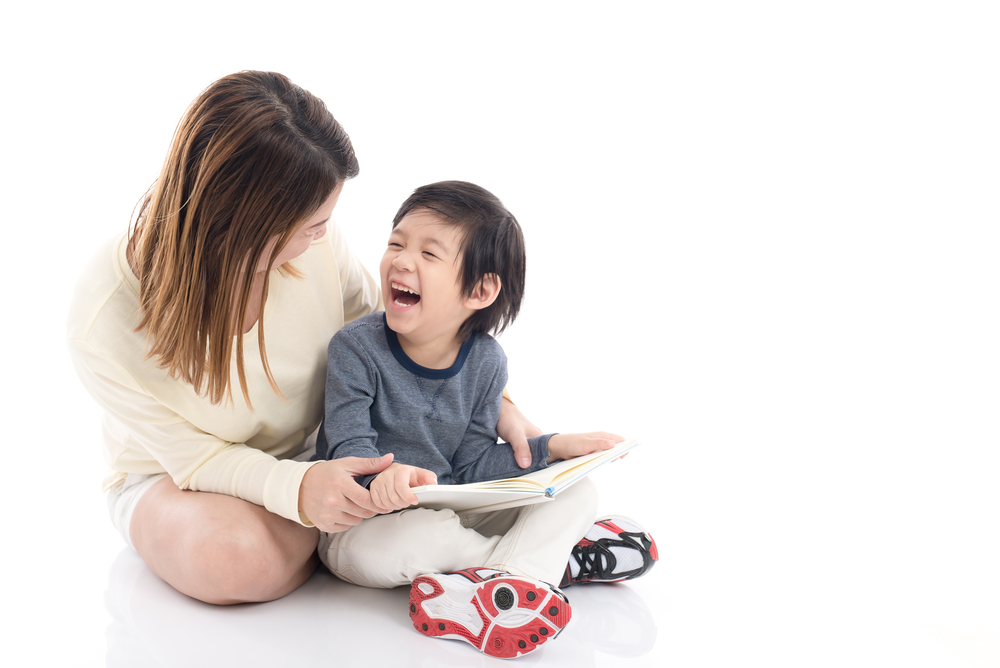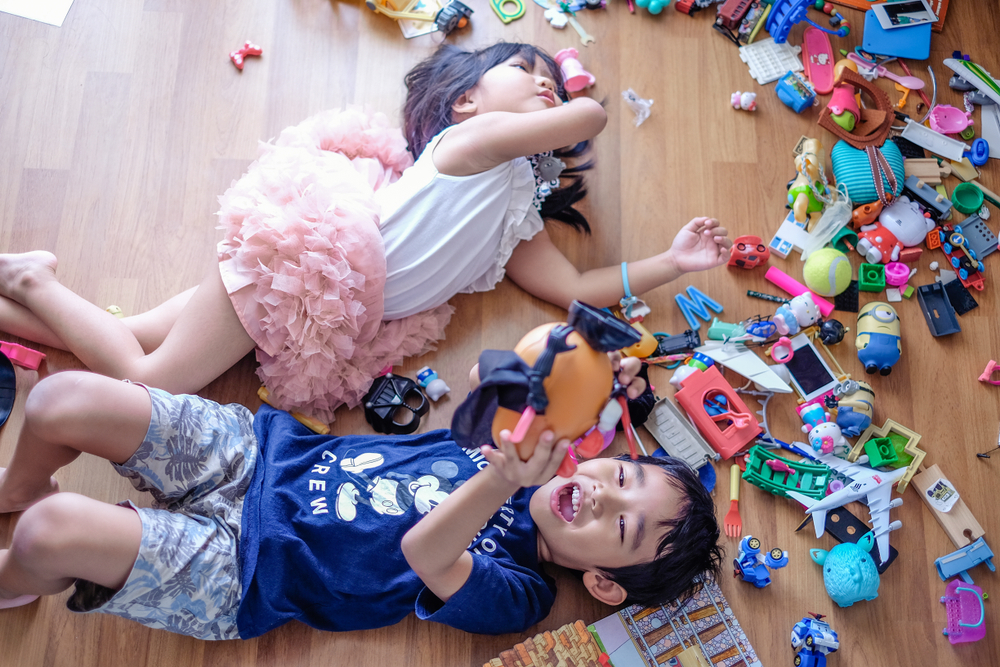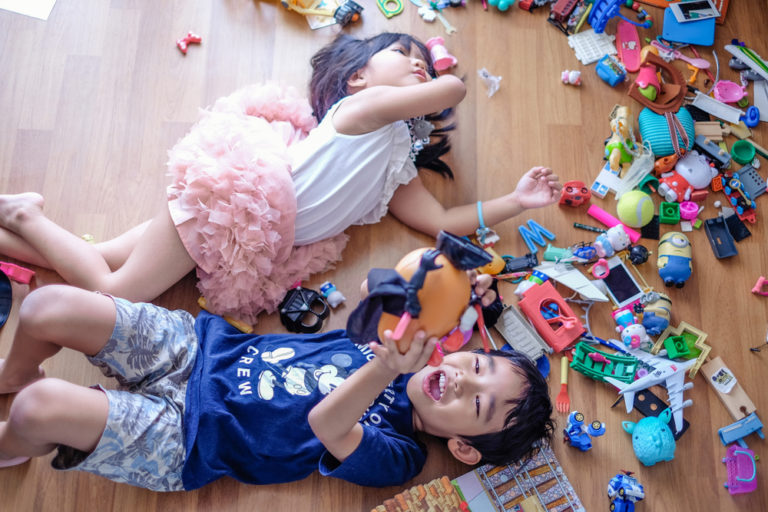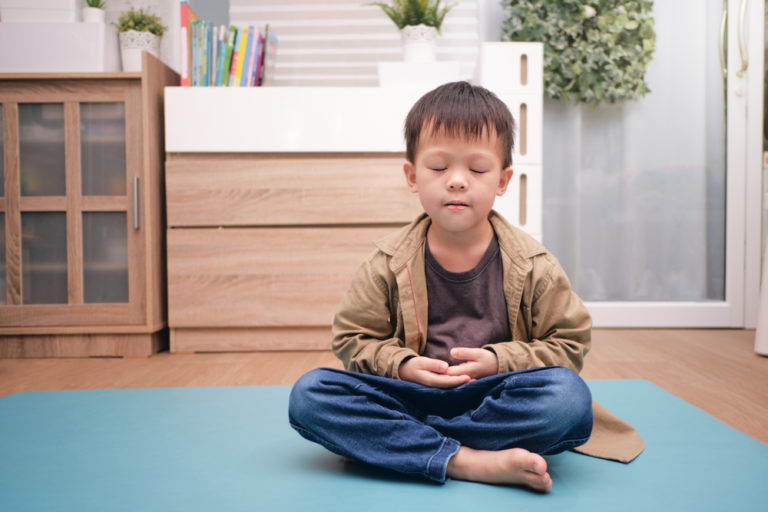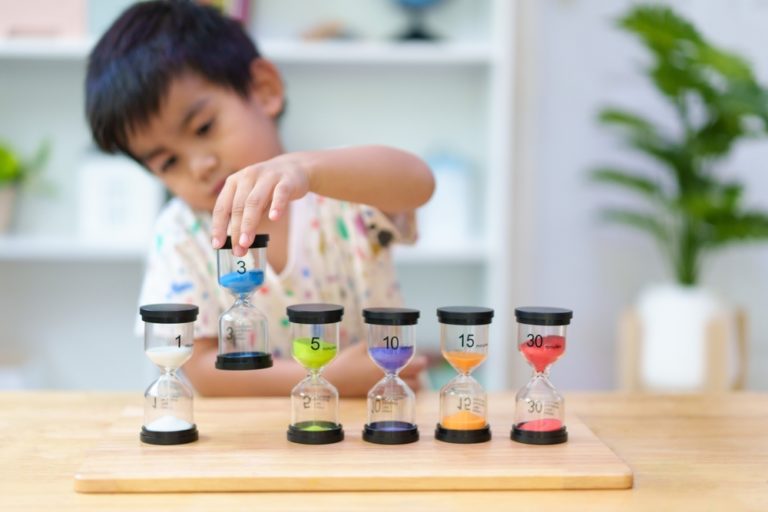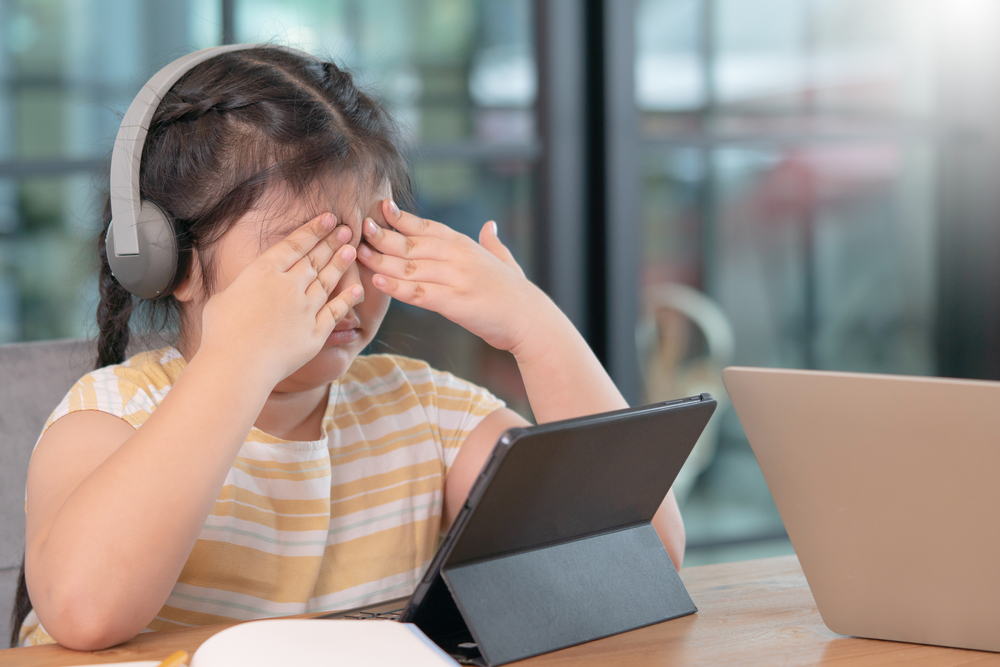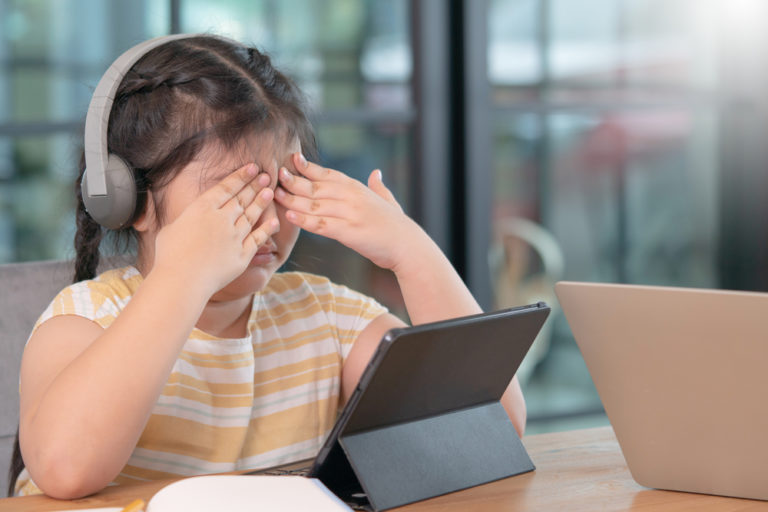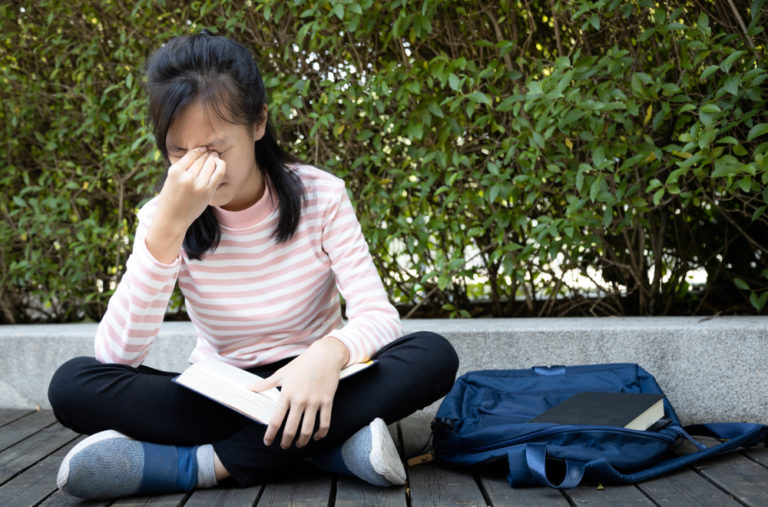Parenting Tips
October 2023

Source: Educational psychologists, Shum Ka Man and Tang Wai Yan
Interactive reading is when parents and children engage in reading through conversation. The main difference between interactive reading and traditional reading aloud lies in the fact that traditional reading aloud often involves parents telling stories to children or, in some cases, parents’ intention to teach children to recognize words, focusing primarily on word recognition. However, the advantage of interactive reading is not just about word recognition; it aims to foster a positive parent-child relationship and help children express themselves through conversation.
In interactive reading, children take on an active role, where they can ask questions and guide the conversation through these questions and answers, thereby enhancing their reading comprehension skills. When parents engage in interactive reading with children, they should consider what questions to ask and what steps to follow. There are various ways for parents to ask questions, and we teach them a prompting framework that includes five different question types, abbreviated as ‘CROWD.’
C stands for Completion, where questions can be posed in a fill-in-the-blank manner. R represents Recall, encouraging children to remember what happened earlier in the story. O denotes Open-ended questions, allowing children to speculate about what might happen next. W represents Wh questions, covering the six Ws: who, what, when, where, why, and how. Finally, D stands for Distancing questions, which prompt children to relate the story to their own life experiences, asking how the story connects to their daily lives.
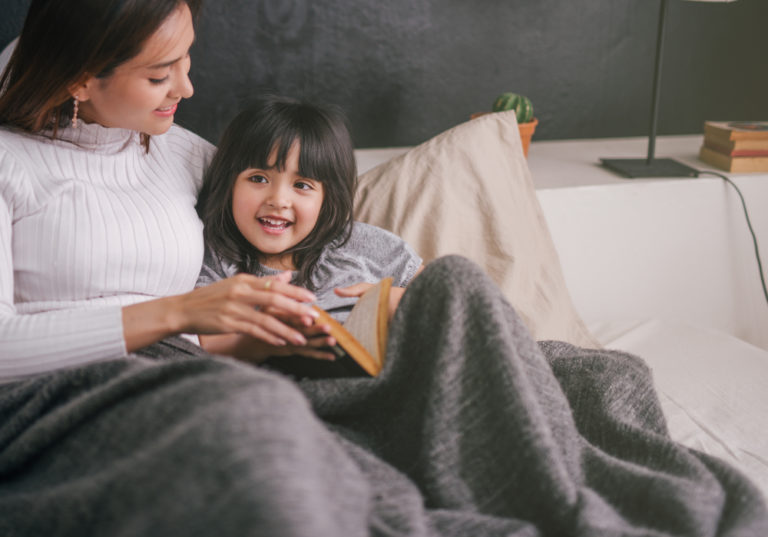
Interactive reading also follows a framework called ‘PEER.’
The first step is ‘Prompt,’ which refers to the types of questions asked. The second step is ‘Evaluate,’ where after asking questions, you can provide responses to the child. ‘Evaluate’ involves giving positive encouragement to the child, such as praising them when they answer correctly, saying, ‘You did a great job; you listened very attentively.’ If they answer incorrectly, it’s still important to encourage them, saying, ‘You tried very hard!’ and then attempt to find the answer together in the book.
Next is ‘Expand’ (E), which means expanding on what the child says. If a child’s response is brief, you can add adjectives or other details to make the sentence richer. Finally, there’s ‘Repeat’ (R), where after listening to the story, the child repeats the story, which can help improve their oral language skills.

